|
|
|

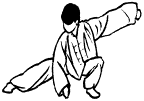
Tai Chi Chuan is a Chinese Martial Art that emphasizes body coordination rather than muscle strength. This
martial art requires relaxation of the mind and body and it is therefore not only practiced for developing
physically but mentally. Tai Chi Chuan can be traced back from the late 1300s. Although there are many styles
of Tai Chi Chuan with their own history, “Chang San-Feng” is still considered to have started the original form
of Tai Chi Chuan.
Unlike external Kung Fu, Tai Chi Chuan is characterized by soft, slow, flowing movements that emphasize force,
rather than brute strength. Though it is soft, slow, and flowing, the movements are executed precisely. Every
motion is based on principles of efficient movement and self-defense. The movements are kept slow in order to
attain precision of movement, calmness and balance.
Today the three most famous styles of Tai Chi Chuan are Chen Style, Yang Style, and Wu Style. Each style of
Tai Chi Chuan is distinctly different in flavor and appearance from the other methods, or families, as they are
sometimes called. Tai Chi Chuan, translated as Supreme Ultimate Force, is suitable for people of all ages and
fitness levels. Training accurately and with intent to discover the true meaning of movements will make learning
Tai Chi Chuan more rewarding.
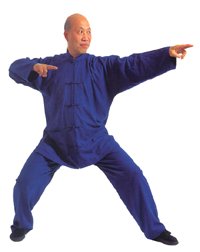
Chen Style
The Chen Style of Tai Chi Chuan was developed by “Chen Chang-Hsing” in the late 1700s. Chen Style is
known for its dramatic changes of pace punctuated by vigorous and powerful appearing releases of “fah jing”
(sudden energy) energy and occasionally leaping movements. Indeed, some people, if having never seen Chen
Style performed, will be swayed into thinking it is not Tai Chi Chuan at all. Chen Style, when properly taught,
will place a great deal of emphasis on the usage aspects of the art, in addition to the much touted health benefits.
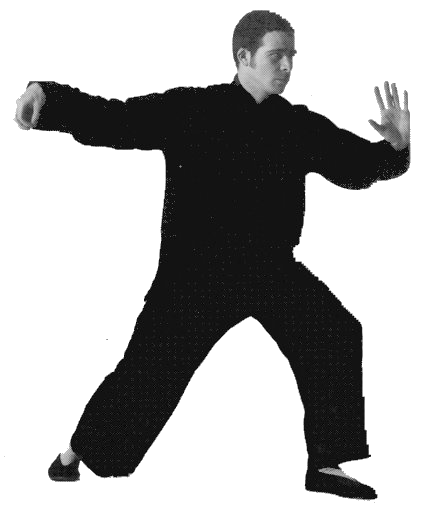
Yang Style
“Yang Lu-Chan” developed the Yang Style of Tai Chi Chuan in the early 1800s. Yang Style, in contrast to the
Chen Style, is completely smooth and slow in appearance of practice. Its stances are not nearly as deep as the
Chen Style. Fah Jing energy is not present in the Yang Style form. Many folks today practice an abbreviated
form of the Yang Style, known as the short form of Yang, introduced to the western world by one of the more
noted exponents of the Yang Style, Chen Man Ching.
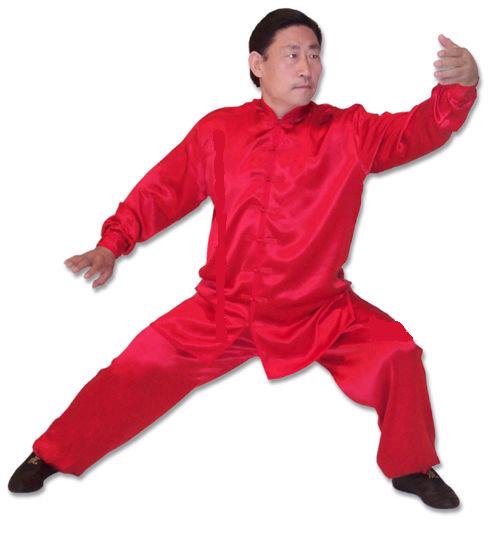
Wu Style
The Wu Family style of Tai Chi Chuan was developed by “Wu Quan-Yu” in the mid 1800s. Wu Quan-Yu was
the student of Yang Lu-Chan, the founder of Tai Chi Chuan Yang Style. There are two varieties of Wu Style
being practiced today. One Wu style is smooth and slow in appearance, carrying a much higher stance even
than the Yang Style, and using an extended bracing posture throughout much of the form. The other Wu style
is similar in form, but uses a bit lower basin in the stance and has some mild “fah jing” energy releasing present
here and there in the context of the practice.
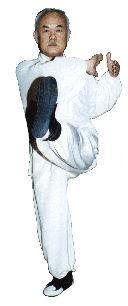
Learning Tai Chi Chuan correctly provides a practical avenue for learning about such things as balance,
alignment, fine-scale motor control, rhythm movement, the genesis of movement from the body’s vital center,
and so on. Thus the practice of Tai Chi Chuan can in some measure contribute to being able to better stand,
walk, move, and run in other spheres of life as well. Many practitioner notice benefits in terms of correcting
poor postural, alignment or movement patterns that can contribute to tension or injury. Tai Chi Chuan is meant
to enable one to bring the principles of Yin and Yang back in their fundamental, natural harmony. The ultimate
effect of this harmony, according to Taoism and Tai Chi, is one’s physical and spiritual well being.
